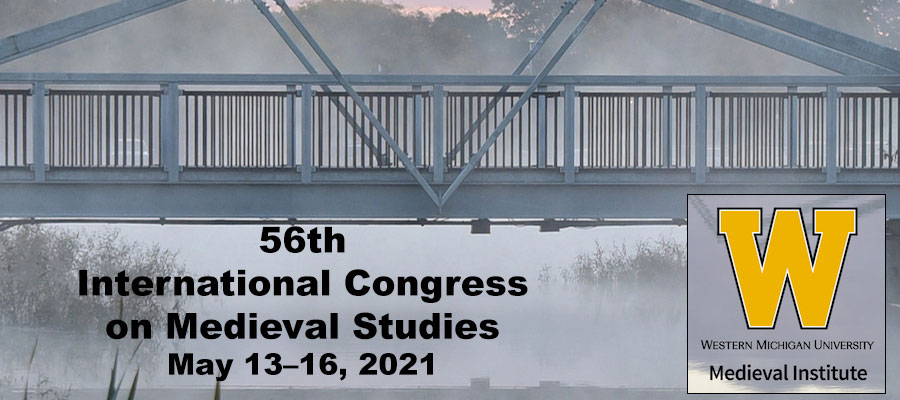Materiality of Languages: Epigraphy, Manuscripts, and Writing Systems in Byzantium and Early Islamic Near East (324–1204), session at 56th International Congress on Medieval Studies, Western Michigan University, May 13–16, 2021
Papers are sought for “Materiality of Languages: "Epigraphy, Manuscripts, and Writing Systems in Byzantium and Early Islamic Near East (324-1204)." This series of sponsored sessions at the 56th International Congress on Medieval Studies (Western Michigan University, Kalamazoo, May 13-16, 2021) will bring together a group of scholars to explore the links between languages and their material and visual forms (including specific media of writing, writing instruments, scripts, etc.) in the Eastern Mediterranean in the Byzantine and early Islamic eras.
The interplay between languages and their visual representations in Late Antiquity and the Middle Ages is a fascinating topic that has attracted scholarly attention in recent years but still requires further investigation. In this period, the Eastern Mediterranean witnessed greater linguistic transformations that affected the entire regions and cultures, including their popular and elite levels. Linguistic frontiers were often not a line drawn on a map, but rather extended grey areas where large numbers of people possessed some form of multilingual competence; communities speaking different languages coexisted side by side for centuries. The purpose of the sessions is to examine whether this situation led to consolidating associative links between certain languages (or their varieties) and particular types, methods, and styles of writing regarded as their “proper” or “preferred” mediums; and to what extent modern scholars can detect these links today, studying epigraphy, manuscripts, and writing systems.
It is difficult to overestimate the importance of visual and material forms in which languages appeared in the historical record. When shared, those forms helped to bridge the differences in vocabulary and phonetics, bringing distinct languages closer to each other as cultural artifacts that employ the same symbolic codes. By contrast, visually distinct language forms helped to solidify social boundaries and to emphasize social differentiation within the same speech community.
We are specifically interested in the following issues:
- Changes in scribal features and practices: those inherited from the past, transformed, and newly invented;
- A distinct physical outlook of a language as a factor contributing to its high or low status;
- Visual differentiation between the “High” and “Low” varieties of the same language;
- Ancient writers’ reflections on changing appearances and materiality of languages;
- More or less prestigious placements, art forms, and materials (e.g. languages chosen for precious floor mosaics and opus sectile decorations vs. those for plain unadorned rock inscriptions located in desolate areas);
- Preferable directions of writing (e.g. why Syriac inscriptions were often written from top to bottom?)
- Decorative techniques and calligraphy in book manuscripts and monumental inscriptions as a cross-lingual phenomenon;
- Features of cursive and documentary scripts (non-)attested across different languages;
- We also welcome contributions on the social functioning of different Aramaic scripts, cases beyond a simple division into ʾEsṭrangēlā, Serṭā, and Maḏnḥāyā in Syriac; the visual differentiation of JPA and CPA; the way Hebrew and Aramaic coexisted in late antique synagogues; the emergence of Garshuni; the birth of Arabic scripts; the adoption and adjustment of the Greek alphabet for writing in Egyptian (Coptic); the beginnings of writing traditions in Germanic and Slavic languages; and similar.
Session Organizers
Yuliya Minets (University of Notre Dame and Jacksonville State University)
Paweł Nowakowski (University of Warsaw)
